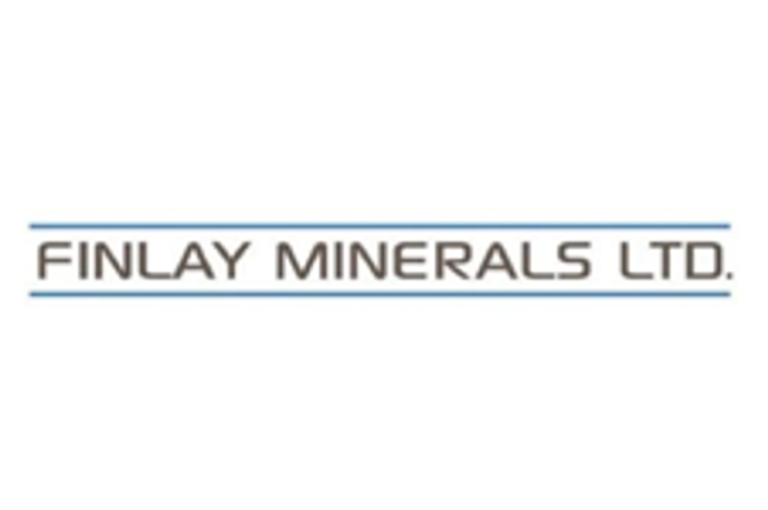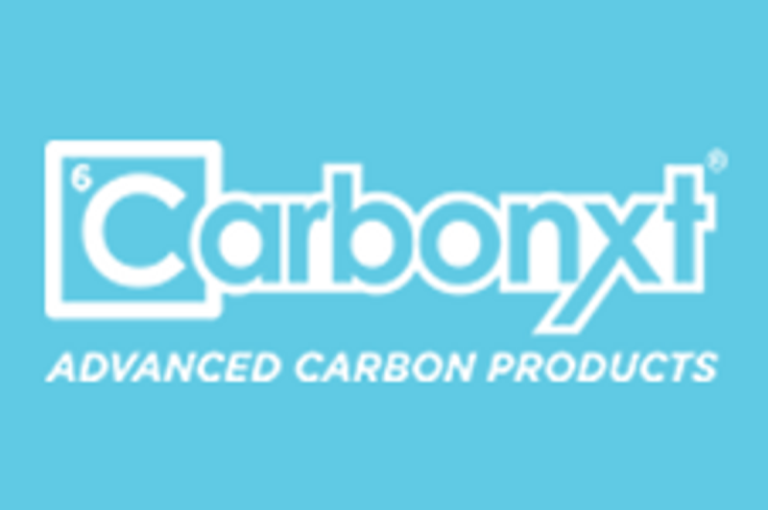/NOT FOR DISSEMINATION IN THE UNITED STATES OR THROUGH U.S. NEWSWIRE SERVICES/
finlay minerals ltd. (TSXV: FYL,OTC:FYMNF) (OTCQB: FYMNF) (‘Finlay’ or the ‘Company’) is pleased to announce that it has closed its non-brokered private placement (the ‘Private Placement’), previously announced on October 6, 2025, consisting of the issuance of: (i) 10,633,999 flow-through units of the Company (each, a ‘FT Unit’) at a price of $0.15 per FT Unit, and (ii) 883,000 non-flow-through units of the Company (each, a ‘NFT Unit’) at a price of $0.13 per NFT Unit, for aggregate gross proceeds to the Company of $1,709,890.
Each FT Unit is comprised of one common share of the Company issued on a flow-through basis under the Income Tax Act (Canada) (a ‘FT Share‘) and one-half of one non-flow-through common share purchase warrant (each whole warrant, a ‘Warrant‘). Each Warrant is exercisable by the holder thereof to acquire one non-flow-through common share of the Company (a ‘NFT Share‘) at an exercise price of $0.25 per NFT Share until October 17, 2027.
Each NFT Unit is comprised of one NFT Share and one Warrant with identical terms to the Warrants underlying the FT Units.
The Company intends to use the gross proceeds of the Private Placement for exploration of the Company’s SAY, JJB and Silver Hope properties, and for general working capital purposes, as more particularly described in the offering document for the Private Placement. The Company will use the gross proceeds from the issuance of FT Shares to incur ‘Canadian exploration expenses’ and qualify as ‘flow-through critical mineral mining expenditures’, as such terms are defined in the Income Tax Act (Canada).
The Private Placement was conducted pursuant to the listed issuer financing exemption under Part 5A of National Instrument 45-106 – Prospectus Exemptions and in reliance on the Coordinated Blanket Order 45-935 – Exemptions from Certain Conditions of the Listed Issuer Financing Exemption. The securities issued to purchasers in the Private Placement are not subject to a hold period under applicable Canadian securities laws. The Private Placement is subject to final approval of the TSX Venture Exchange.
The Company paid aggregate cash finder’s fees of $96,550.78 and issued 648,358 non-transferable finder warrants (each a ‘Finder Warrant‘) to arm’s length finders of the Company, as compensation for identifying purchasers in the Private Placement. Each Finder Warrant entitles the holder thereof to purchase one NFT Share at an exercise price of $0.25 per NFT Share until October 17, 2027. The Finder Warrants and the NFT Shares issued on exercise thereof are subject to a hold period expiring on February 18, 2026 in accordance with applicable securities laws.
This press release shall not constitute an offer to sell or the solicitation of an offer to buy nor shall there be any sale of the securities in the United States or in any other jurisdiction in which such offer, solicitation or sale would be unlawful. The securities have not been registered under the United States Securities Act of 1933, as amended, and may not be offered or sold in the United States absent registration or an applicable exemption from the registration requirements thereunder.
About finlay minerals ltd.
Finlay is a TSXV company focused on exploration for base and precious metal deposits through the advancement of its ATTY, PIL, JJB, SAY and Silver Hope Properties; these properties host copper-gold porphyry and gold-silver epithermal targets within different porphyry districts of northern and central BC. All of the properties are located in areas of recent copper-gold porphyry discoveries.
Finlay trades under the symbol ‘FYL’ on the TSXV and under the symbol ‘FYMNF’ on the OTCQB. For further information and details, please visit the Company’s website at www.finlayminerals.com
On behalf of the Board of Directors,
Robert F. Brown,
Executive Chairman of the Board
Neither the TSXV nor its Regulation Services Provider (as that term is defined in the policies of the TSXV) accepts responsibility for the adequacy or accuracy of this release.
Forward-Looking Information: This news release includes certain ‘forward-looking information’ and ‘forward-looking statements’ (collectively, ‘forward-looking statements’) within the meaning of applicable Canadian securities legislation. All statements in this news release that address events or developments that we expect to occur in the future are forward-looking statements. Forward-looking statements are statements that are not historical facts and are generally, although not always, identified by words such as ‘expect’, ‘plan’, ‘anticipate’, ‘project’, ‘target’, ‘potential’, ‘schedule’, ‘forecast’, ‘budget’, ‘estimate’, ‘intend’ or ‘believe’ and similar expressions or their negative connotations, or that events or conditions ‘will’, ‘would’, ‘may’, ‘could’, ‘should’ or ‘might’ occur. All such forward-looking statements are based on the opinions and estimates of management as of the date such statements are made. Forward-looking statements in this news release include statements regarding, among others, the final approval for the Private Placement from the TSXV and the planned use of proceeds for the Private Placement. Although Finlay believes the expectations expressed in such forward-looking statements are based on reasonable assumptions, such statements are not guarantees of future performance and actual results or developments may differ materially from those forward-looking statements. Factors that could cause actual results to differ materially from those in forward-looking statements include the ability to obtain regulatory approval for the Private Placement, the state of equity markets in Canada and other jurisdictions, market prices, exploration successes, and continued availability of capital and financing and general economic, market or business conditions. These forward-looking statements are based on a number of assumptions including, among other things, assumptions regarding general business and economic conditions, the timing and receipt of regulatory and governmental approvals, the ability of Finlay and other parties to satisfy stock exchange and other regulatory requirements in a timely manner, the availability of financing for Finlay’s proposed transactions and programs on reasonable terms, and the ability of third-party service providers to deliver services in a timely manner. Investors are cautioned that any such statements are not guarantees of future performance and actual results or developments may differ materially from those projected in the forward-looking statements, and accordingly undue reliance should not be put on such statements due to the inherent uncertainty therein. Finlay does not assume any obligation to update or revise its forward-looking statements, whether as a result of new information, future or otherwise, except as required by applicable law.
SOURCE finlay minerals ltd.
View original content to download multimedia: http://www.newswire.ca/en/releases/archive/October2025/17/c8773.html
News Provided by Canada Newswire via QuoteMedia










